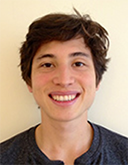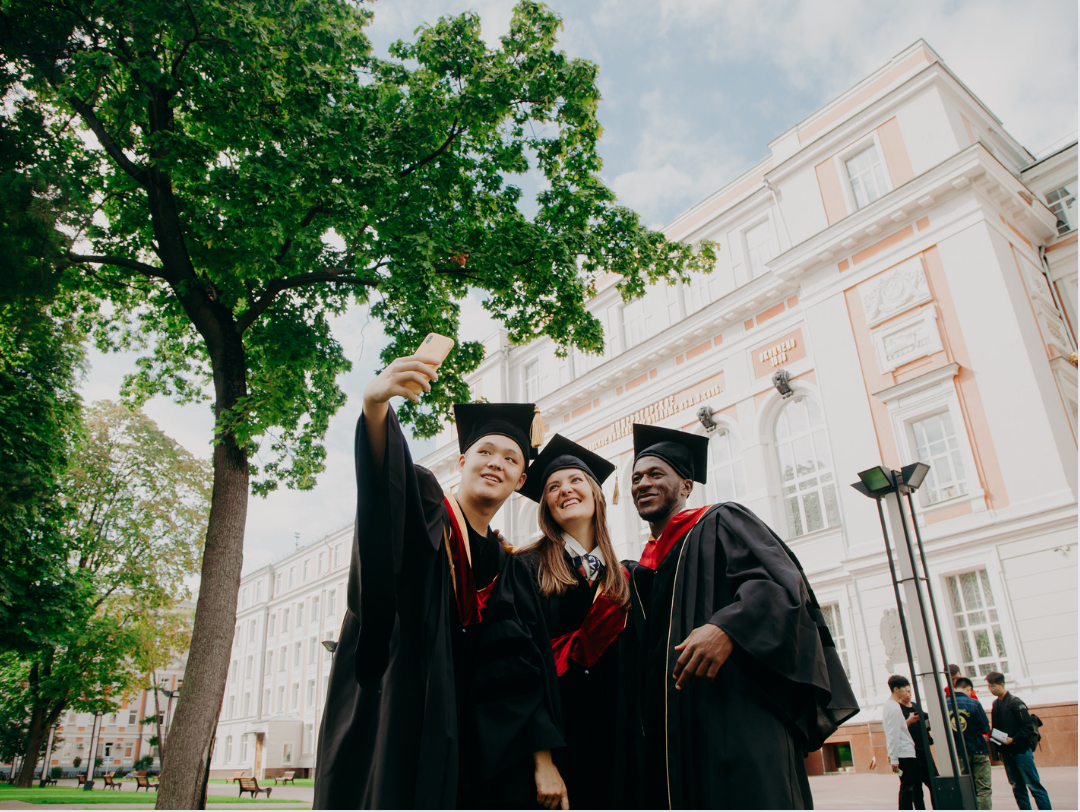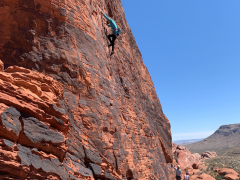3 Statistics Lessons from a Summer as a Science Journalist
December 6, 2018
 Irineo Cabreros is an AAAS Mass Media Fellow with the sponsorship of the American Statistical Association. He spent 10 weeks this summer training as a science journalist with Slate in its New York City offices.
Irineo Cabreros is an AAAS Mass Media Fellow with the sponsorship of the American Statistical Association. He spent 10 weeks this summer training as a science journalist with Slate in its New York City offices.
This summer I had the opportunity to write for the science desk at Slate magazine as an AAAS Mass Media Fellow sponsored by the ASA. While at Slate, I was surrounded by a community of passionate, amazing journalists.
Slate is a special place with a special spirit about it. They pride themselves in an ability to offer fresh, unorthodox angles on any story, big or small. It’s a place for skeptics, contrarians and obsessives. In many ways, Slate people are my kind of people.
I had a lot to learn when I arrived at Slate. I was pushed out of my comfort zone and challenged tremendously. But as a result, I grew a lot.
Here are the top 3 lessons I learned while working as a science journalist at Slate this summer:
1 . Relevance is King
During my time at Slate, I was forced to ask myself questions about science that I rarely thought about while doing science:
Will a typical person understand what I’m saying? This sentence isn’t quite air-tight, but is a gain in precision worth the potential losses in confusion? And really, will anyone really care about this? Should they? If so, how can I convince them it matters?
In journalism, relevance to a reader’s life always must always take center stage.
The practice of asking these questions also spilled over to my work as a scientist. In thinking daily about the effect of statistics to an average person while at Slate, I was forced to think about the impact that my own work might have on people outside of academia. It’s easy to get tunnel vision in graduate school; this summer forced me to zoom out.
2. Statistics is Slippery, Subtle and Everywhere in Science
Statistics is used in virtually every scientific field, and a little knowledge of statistics can go a long way in science journalism. Many scientific studies that garner general public interest—whether it be a medical study, a climate model, sport science, nutrition science, or psychology—rely heavily on statistical arguments. It takes some statistical savvy to wade through it all at journalistic pace, separating genuinely compelling findings from the more preliminary stuff.
The fact that many journalists don’t come from a statistical background contributes to the seemingly contradictory “scientific discoveries” that find their way into the media. Red wine is good for you one day, then bad for you the next, then good for you again. Premature reporting of half-baked results may ultimately erode the public’s trust in science.
Several of my favorite pieces from this summer drew on my expertise in statistics to comment on scientific studies. I wrote a critique of a much-hyped study that some believed implied the possibility of immortality. But as basic probability makes clear, I argued the unfortunate but sober truth that you are definitely going to die. In the heat of the summer, with temperature records dropping all over the globe, I reported on the statistics of attribution: Can we really blame the summer heat on global warming?
3. Statistics is Everywhere Else, Too
Working as a journalist also gave me the incredible luxury of diving deep into some of my everyday curiosities.
As a Muslim, I had always wondered about the health effects of Ramadan fasting, and got to talk to some leaders in the field of longevity research who patiently answered all my questions. I also got to talk to butchers and bankers about logistics and impact of Islamic philanthropy. As an alum, I was naturally interested in Harvard’s high-profile discrimination lawsuit and got to dive deep into the statistical evidence presented in legal testimony. As a soccer enthusiast, I got to think about penalty kick strategy. As a health nut, I got to dive into the murky and world of omega-3 supplements.
It was both fun and informative to have a professional excuse to delve into my personal interests—statistics is omnipresent.
A New Direction
My experiences this summer got me hooked: I left Slate flush with inspiration for future projects and hungry to keep going. I began the summer as a dabbler in science communication.
Now, I don’t think I can imagine a future without journalism being a part of it.
Further reading about statistics in journalism:
- Jeremy Singer-Vine Has the Buzz on Using Data in Journalism
- From Spreadsheets to Headlines: A Day in the Life of Data Journalist Ryan Struyk
- Real or Fake News? Let Statistics Help
Since we last spoke with Irineo Cabreros he became a Staff Editor in Statistical Modeling for The New York Times.
Reviewed by the This is Statistics Team 08/2023
Related Posts

Hindsight Is 2023 for Former Statistics and Data Science Students
It’s back-to-school season! Gear up for the upcoming semester and consider diving into the captivating world of statistics and data science. Looking for diverse job opportunities that span across every industry? Look no further! With a variety of graduate programs and jobs, now is a great time for students to become data scientists and statisticians….

Elizabeth J. Kelly: “Statistics is for Adrenaline Junkies”
Elizabeth J. Kelly has always loved math, and as a professional statistician at Los Alamos National Laboratory (LANL) and a recreational rock climber, Elizabeth is an avid thrill-seeker who enjoys a challenge. “Math reminds me of climbing, including the need to focus, problem solve and persevere. I guess I ended up in statistics because I…

